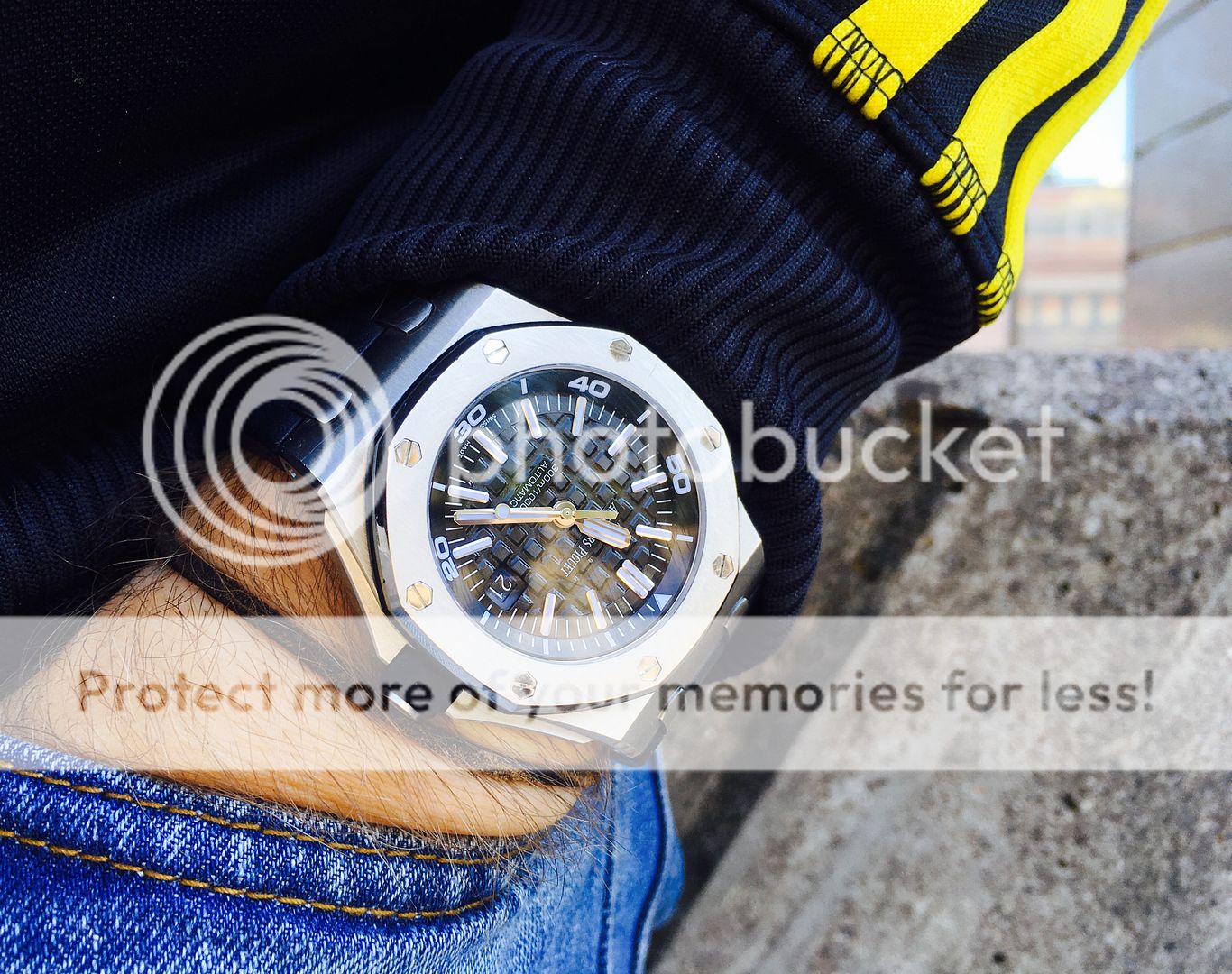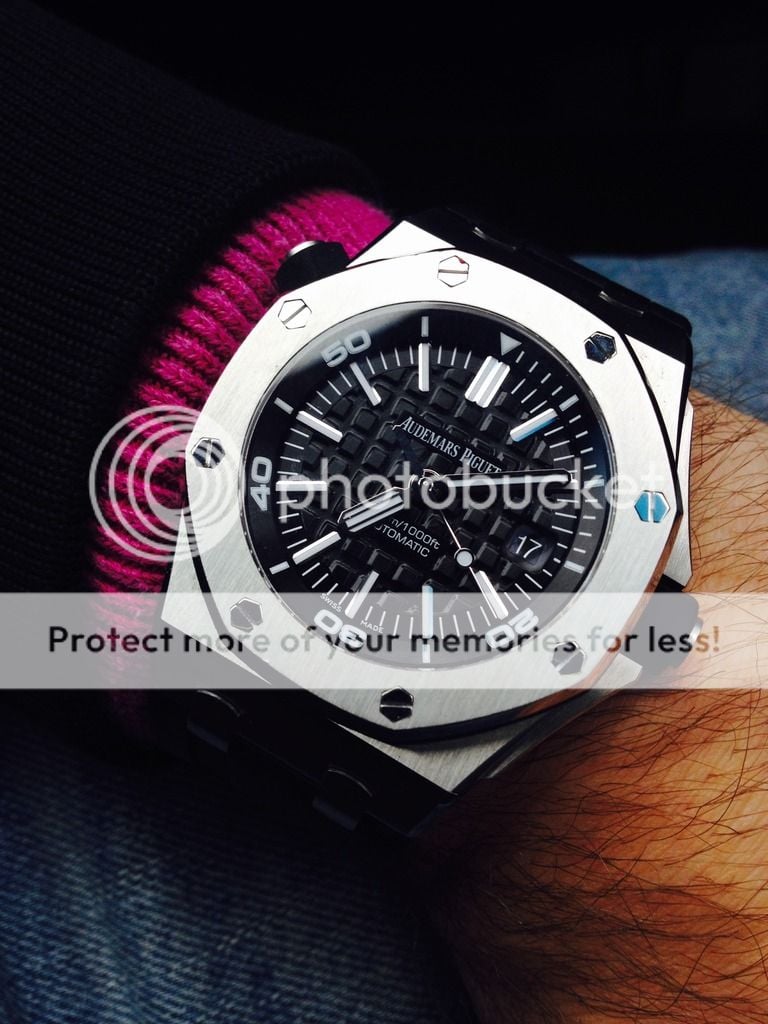"What is the difference? Which one is better? "
The technical answers in regards to the movement have been answered innumerable times -
cal. 3126:
in Volcano, Navy, Safari limited production models; some limited editions; eventually, all Offshore chronographs but probably not for some time yet.
longer power reserve - c. 60 hours (practically assume 50hrs)
based on in house development, in house production base movement cal. 3120
beautiful solid karat gold rotor with family crest engravings
cal. 2326:
in all Offshore chronographs from introduction in 1993 (and the "automatic chronograph" several years before that) starting with the 2126 base variant until the introduction of the 3126 3 years ago, still in the majority of Offshore chronographs currently produced.
industry typical power reserve of c. 40 hours
long and wide field proven application, both in base form 2x24, 2x25 and numerous complication variations; as well as 2x26 chronograph variant, based on JLC 889 and development.
Consider that, please - that's nearly 30 plus years of wide spread field use - reliable, accurate if properly used, properly maintained
Okay, so it is almost a toss up from a movement and functional standpoint.
What else?
For most people who are not movement specialists it boils down to the case material, case design, and dial design.
Here is one other thing to consider -
Due to the movement layout and dimensions, cal. 3126 movement based models do not have the rear soft iron cage between the case back and the movement. This anti-magnetic cage was the reason traditional Offshore Chronos with cal. 2x26 movements have never had display backs - if they did, all one would see is the back of the A-M "cap"
The only exception to this display back rule was the Juan Pablo Montoya model range - it carried the cal. 2x26 movement but featured a display back.
cal. 3126 powered Offshore chronograph models still feature under-dial A-M plate and A-M movement ring surrounding the movement, but cal. 2x26 models have the under-dial plate, movement ring, and back A-M "cap"
What does this mean, practically?
For most users, nothing. Both variants exceed ISO 764/NIHS 90-10/DIN 8309 standards for labelled "anti-magnetic" horological applications.
For those who do occasionally or regularly come across high current magnetic fields (in excess of 4800 A/m, the ISO threshold standard, which is actually not that high) they might consider a preference for the cal. 2x26 driven models, which still feature the rear soft iron "cap."
Again, all models, both with and without rear "cap," exceed ISO/NIHS/DIN standards by a comfortable margin.
Cheers,
TM
"A Purist does not believe in gilt by association. Respect, AND disdain, have to be earned..."









